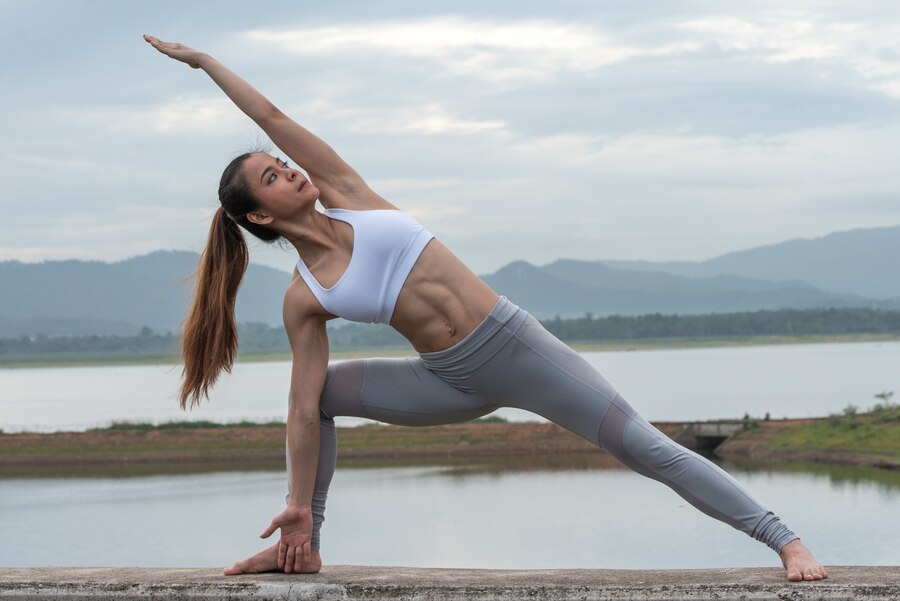Vinyasa Yoga is a dynamic and fluid sequence of poses that is widely popular in the United States and many Asian countries. Often called “Vinyasa Flow Yoga,” this practice includes synchronizing the breath with a ceaseless flow of postures. The fluid and dance-like movements help in increasing flexibility, strength, and endurance as it soothes the mind and improves overall health.
The word “vinyasa” translates “to place in a certain way,” which refers to a specific sequence of poses that are executed in a particular order. Today, it is also attributed to the style of yoga that focuses on breathing along with body movement.
History of Vinyasa Yoga
This popular and fluid style of yoga was developed as a kind of “free” branch of the Ashtanga Yoga, which is a more methodical system of poses and postures. Ashtanga assimilates the sequence of linked poses called Vinyasa. However, where Ashtanga yoga has strict rules and defined postures, Vinyasa Yoga is creative and exploratory.
Vinyasa Yoga contains many poses that are included in the Ashtanga Yoga series. But it does not require practitioners to perform them in the exact and same sequence. For instance, in Ashtanga, students are not allowed to move to the next set of poses without mastering the first one. On the other hand, Vinyasa Yoga has no such boundaries.
In the present time, many different styles of yoga fall under the title “Vinyasa Yoga.” Some of them are Power Yoga, Flow Yoga, Anusara, Hot Vinyasa (performed in a heated room), and Prana Flow.
Components of a Vinyasa Yoga Practice
Due to a large amount of creativity allowed, Vinyasa classes can vary greatly from teacher to teacher, and even from place to place. However, one thing that is common in all is the emphasis on linking movement with breathing. Vinyasa Yoga is performed using a deep breathing technique, which is called “Ujjayi Pranayama.” This phrase translates as “victorious breath,” but is also sometimes called “ocean breath” because of the sound it makes. Each movement in Vinyasa yoga is associated with an inhalation or an exhalation, creating a fluid link between breathing and movement. The postures are sometimes held for several breaths, but when moving between postures, the Ujjayi breath provides the connection.
In a nutshell,
Just like yoga practices are much more than just asanas that establishing a connection between the body and mind, Vinyasa is more than the order in which we place those asanas. From the instantaneous cycle of a single breath to the one-year circumnavigation of the Earth around the Sun, Vinyasa permeates all the rhythms of the universe, inside and outside. Vinyasa yoga meets you where you’re at!
